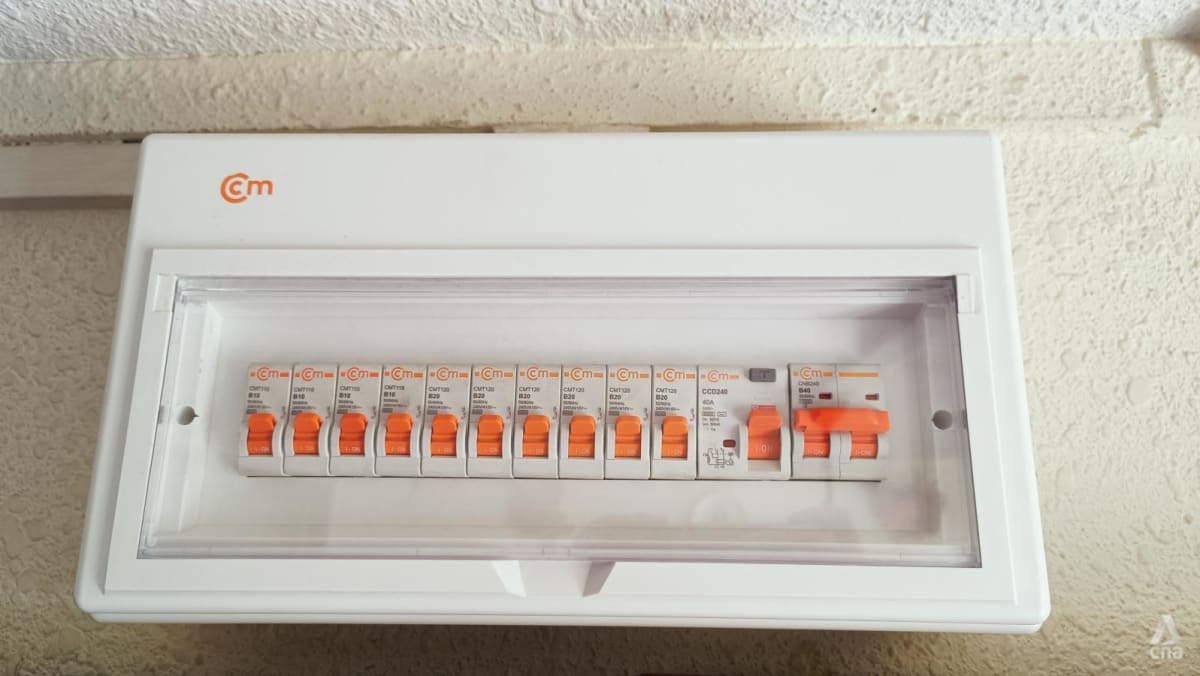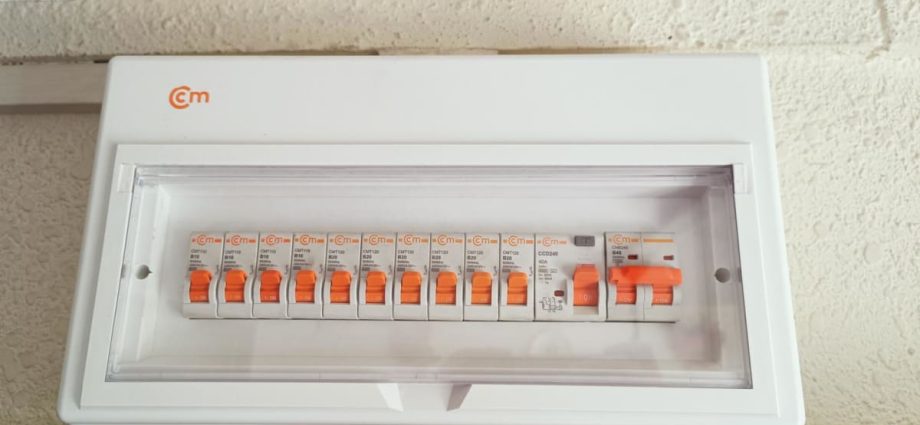
SINGAPORE: Home owners must have a residual current circuit breaker installed in their homes from Jul 1, said the Energy Market Authority (EMA) and the Housing and Development Board (HDB) on Friday (May 12).
The residual current circuit breaker is an electrical safety device that cuts off the electricity supply immediately upon detecting current leakages that may lead to an electric shock.
Current leakages are caused by ageing or exposed wires, faulty electrical appliances, as well as damaged insulation. The residual current circuit breaker is an essential protective device to prevent electric shocks.
A grace period of two years from Jul 1 will be given to home owners to install the device. The requirement is applicable to all residential premises.
HOMES BUILT BEFORE 1985
Since July 1985, all new electrical installations including those in new homes built have been required to have a residual current circuit breaker installed. Before this, all homes, including HDB flats and private housing, were provided with fuses to protect against current overload in circuits and appliances.
“Over the years, most residential premises would have undergone renovations, and had their electrical circuits rewired and installed with a residual current circuit breaker in line with this requirement,” said EMA and HDB.
However, there remains a small percentage of homes built before July 1985 that may be using their original electrical circuits without the device installed.
“To enhance (the) electrical safety of these premises, it is hence necessary to introduce this requirement,” said the authorities.
Responding to CNA’s queries, HDB said that about 1.3 per cent of the one-room and two-room flats completed in and before 1985 are not installed with residual current circuit breakers.
An estimated 83 such units will be installed with residual current circuit breakers during this exercise.
For three-room and larger flats completed in the same period, about 2 per cent do not have the device or have residual current circuit breakers that do not protect the whole flat.
There are about 6,400 such units islandwide.
In a separate reply, an EMA spokesperson said while there were no figures for private residential premises without residual current circuit breakers, it is expected that the proportion should be low.
“Owners of private residential premises would have over the years been likely to have renovated their premises (and carried out re-wiring works) since the 1985 regulations requiring the installation of residual current circuit breakers were introduced.”

